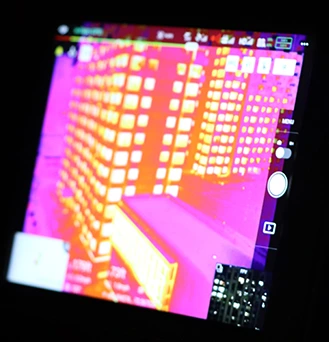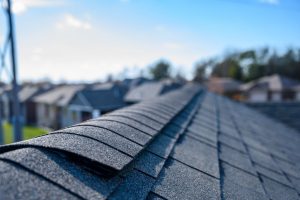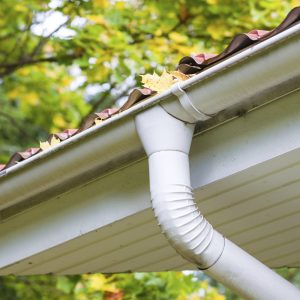Here are some ways to tell if your home is well-insulated.
Type of Home Insulation:
Home insulation includes different methods for keeping heat inside your home by reducing the flow of air through gaps between walls, floors, and ceilings.
· Roof and loft insulation
· Cavity wall insulation
· Draught-proofing
· Solid wall insulation
· Floor insulation
Insulation is an expensive investment, so you want to be sure that it’s going to save money for you before you start. To get the most benefit from insulation, you first want to know if your house needs any improvement at all.
You can tell whether your house is well insulated by looking at its energy bills.
If you live in an uninsulated house, you may notice that it gets cold inside during the winter months. Here are some things you can look for to determine whether poor insulation is causing the problem.
Sign #1 Drafts and cold areas
If cold air is entering your house through gaps in the walls or roof, then it may be time for you to invest in some new draughts proofing measures. These might include double glazing, underfloor heating, and new external doors.
There are easy and cheap methods to keep your house warm. You can use thick curtains, blind cords, and fabric draught excluders in front of doors. Double glazing costs a lot but you can get them later if you need to. You can buy adhesive clear window film to provide a thin insulating barrier between your house and cold air outside.
Sign #2 Fluctuating temperatures
If you see your room get instantly cooler when the heater is turned on or off, this means the heat is leaking out fast. You need better insulation.
Sign #3 There are some rooms that are colder than others.
If your attic or outward-facing room(s) are cooler than the rest of the home, this is an indication that they could use better insulating materials. Colder upper floors might suggest you need better thermal barriers between the ceiling and walls.
Sign #4 Cold-to-the-touch interior wall surfaces often indicate an issue with the insulation.
Do your outer surfaces feel chilly when touched? This is an indication that you should insulate your exterior surfaces. There are two kinds of surface protection; cavity lining and solid surface protection. Older homes usually have internal cavities which can be filled with padding, whereas newer houses often have solid exterior surfaces.
Sign #5 Snow and icicles off your roof, they’ll stick around for weeks.
You’ve probably noticed that your house loses the first layer of snow or frost from its roofs before anything else. It’s a good indication that your roof isn’t well insulated and heat is leaking out through it.
Sign #6 Pigeons…?
Yep, the birds tell us if our roofs are leaking too! If we see them congregating in our houses, then it could mean they’re losing their homes due to leaks. However, this isn’t the most reliable method for identifying a leak, but it’s an indicator that it might be worth having a professional inspect your property.
Sign #7 Rising energy bills
It may not be worth investing in an air source heater when you’re already paying high prices for fuel. If you want to save money now, then look into installing insulation that will help keep your home warmer without costing extra money.
Sign #8 Ice forming in your home
Here in Canada we often experience cold spells lasting longer than a few hours at a time. That is why having your heating system checked by an expert when there’s a chance of frosty conditions is important.
Conclusion:
You need to clean out the dampness from the inside and Moisture and humidity entering through windows or doors are usually a result of poor external barrier construction. It may also be due to poor ventilation.
We hope you’ve enjoyed reading this guide and now have an idea of how to determine whether your home is well-insulated.
If you have any doubts or want to have a detailed report on the health of your residential, commercial, or industrial building. The Centre de Thermography of Canada uses Thermal Cameras to perform high-performance analysis. We make the invisible visible!





